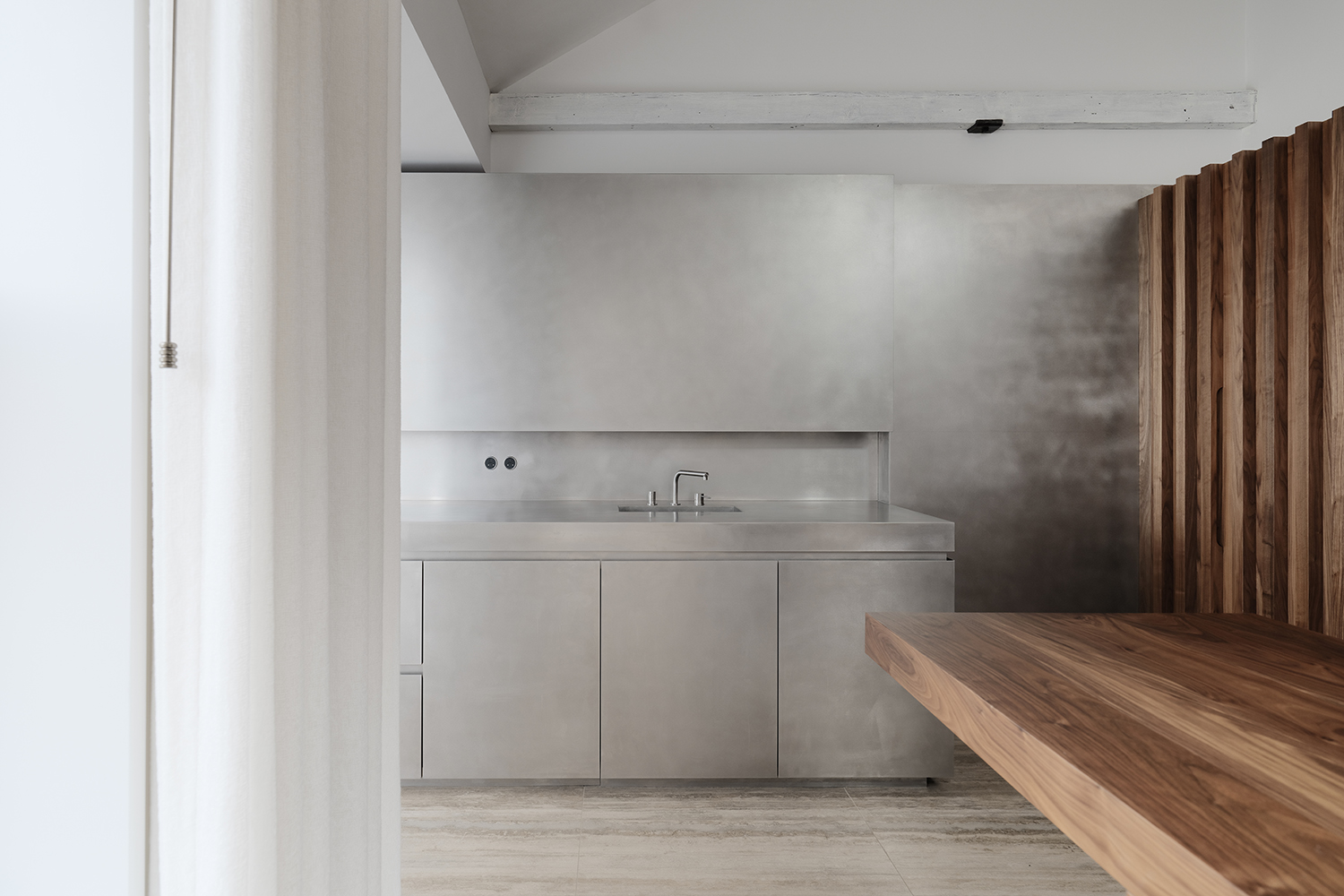When I began writing about interiors 25 years ago, trends like ‘shabby chic’, sponge-painted walls and stainless steel were impossible to ignore. The latter was all kitchen designers talked about; they wanted every home to resemble those thrumming industrial spaces where we ate and drank. But few mentioned how blemished they’d get with fingerprints, how scarred with scratches. In time stainless steel was quietly edged out by engineered stone, Carrera marble and, eventually, hardy grey concrete.
Over the past five years, inundated by images of creamy walls and woody surfaces, Plain English kitchens and palettes of setting plaster, some of us have returned to minimalist metallics while addressing their major flaw. The metallics used in contemporary settings today are paler, flatter and cleaner — not to mention easier to clean. They bring back those same industrial, concrete tones while elevating the industrial aesthetic. The high-traffic bar Crispin, in London’s Soho, gets it, with a wispy zinc bar designed by Jermaine Gallacher. An armchair by Portuguese studio Haos has the girth and pitch of a ready-made, and yet the zinc skin makes it look a million pounds. The Danish kitchen manufacturer Reform recently installed a brushed-aluminium kitchen in a Notting Hill short-term rental operated by Domus Stay. Designed by David Thulstrup, the raw, tactile surfaces have the potential to oxidise and patina over time.
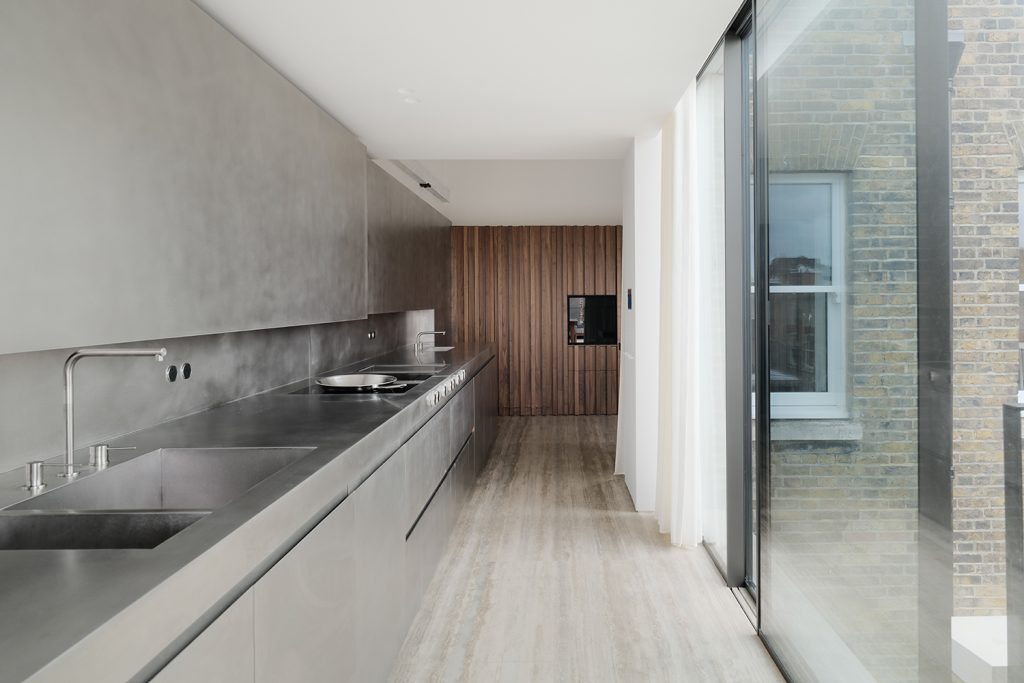
A Covent Garden kitchen designed by Carmody Groarke and manufactured by Young & Norgate. Photography: The Property Photographer.
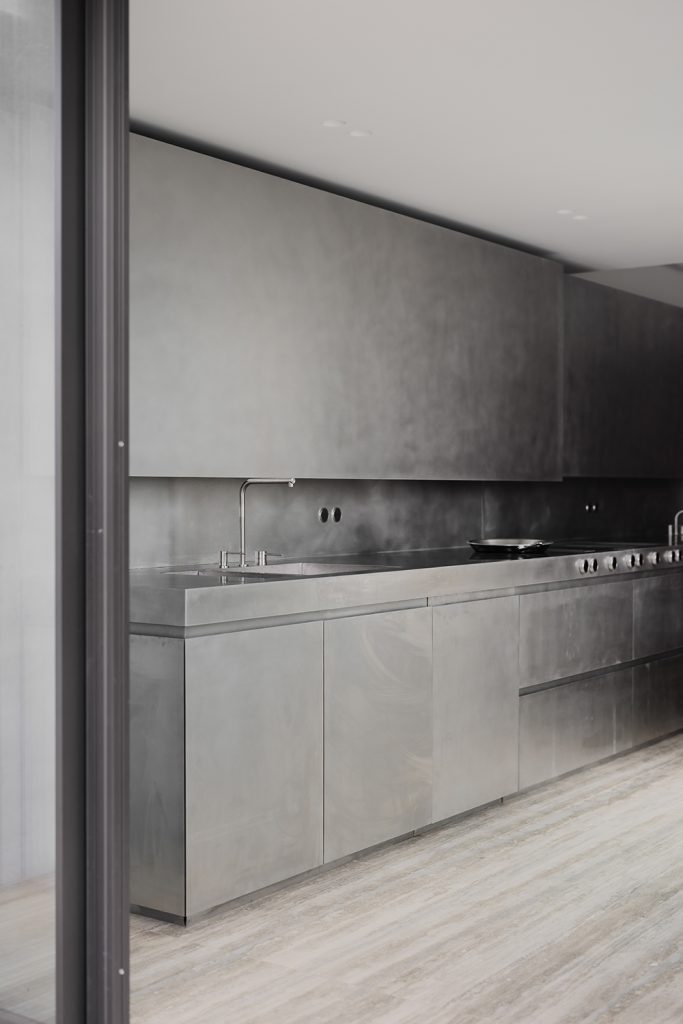
A Covent Garden kitchen designed by Carmody Groarke and manufactured by Young & Norgate. Photography: The Property Photographer.
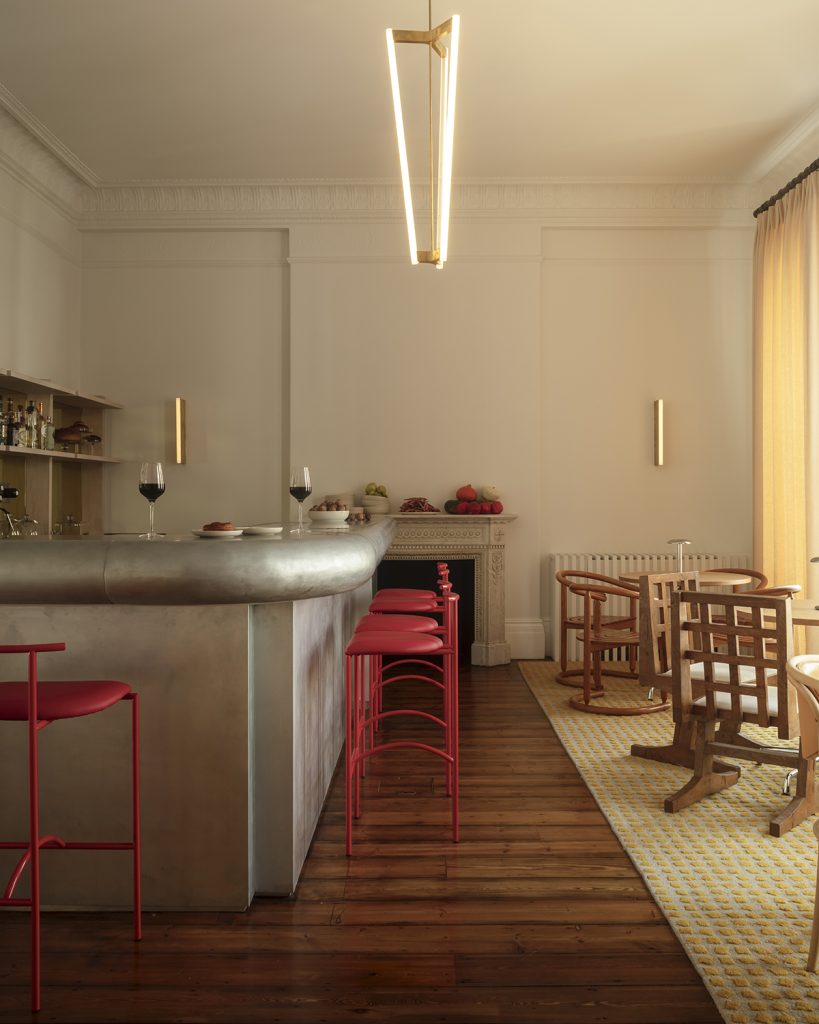
Daytrip Studio’s bar at the Lavery in London. Photography: Oskar Proctor.
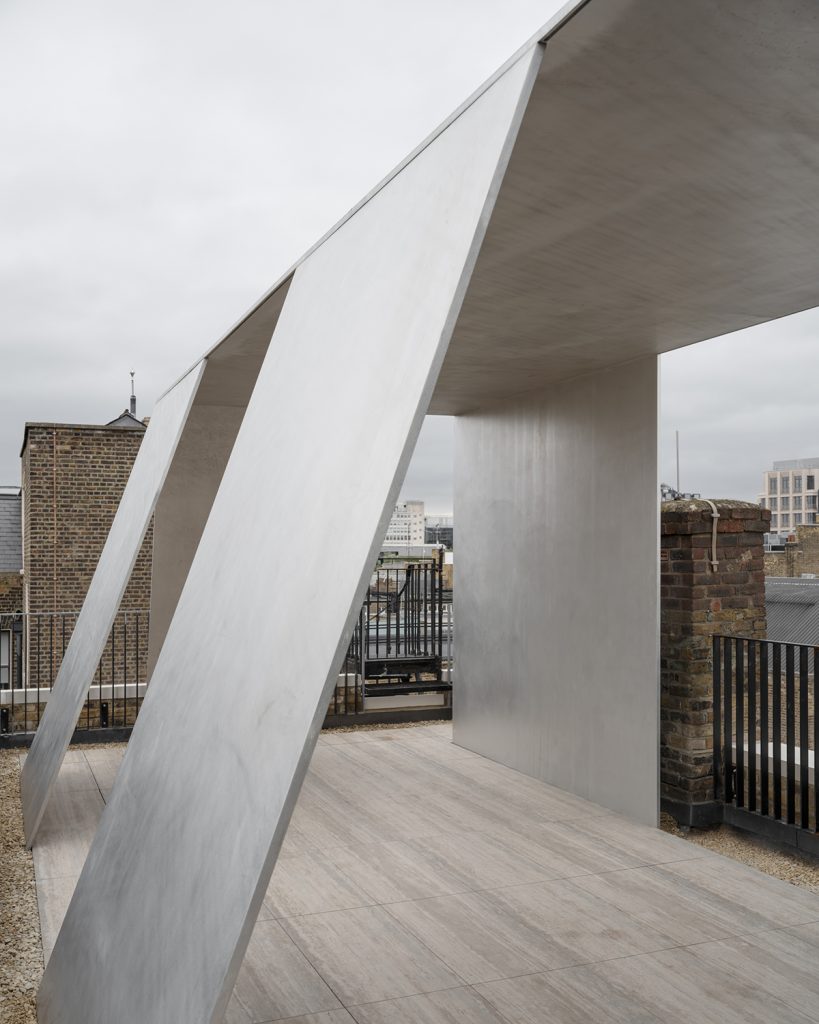
A rooftop pavilion by architects Carmody Groarke. Photography: The Property Photographer.
‘A lot of interiors in the past five years have gone down the rural, Plain English, Shaker choice,’ says Iwan Halstead, a director at Daytrip Studio in London. ‘But if you’re an urban dweller, which most of us are, materials that feel young, fresh and remind us of a certain minimalism feel relevant to our aesthetic — more St John than the Cotswolds. Your kitchen choice is an extension of your situation.’ In their recent outfit of the Lavery restaurant in Kensington, London, Halstead and his partner Emily Potter planted a thick zinc bar as a feature, offset by red stools and wood tables.
The direction, he says, came from the client, who wanted an update on traditional French zinc bars. The application of thin zinc sheets around a form, hammered by skilled metal-pressers, has the refreshing cleanliness of a new neutral — ‘like 1920s jewellery that’s been carefully made,’ says Halstead. ‘It has a lovely patina that looks painterly in a way.’ He concedes that, like marble, zinc does take water marks. But it presents more classically than regular stainless steel and avoids looking manufactured.
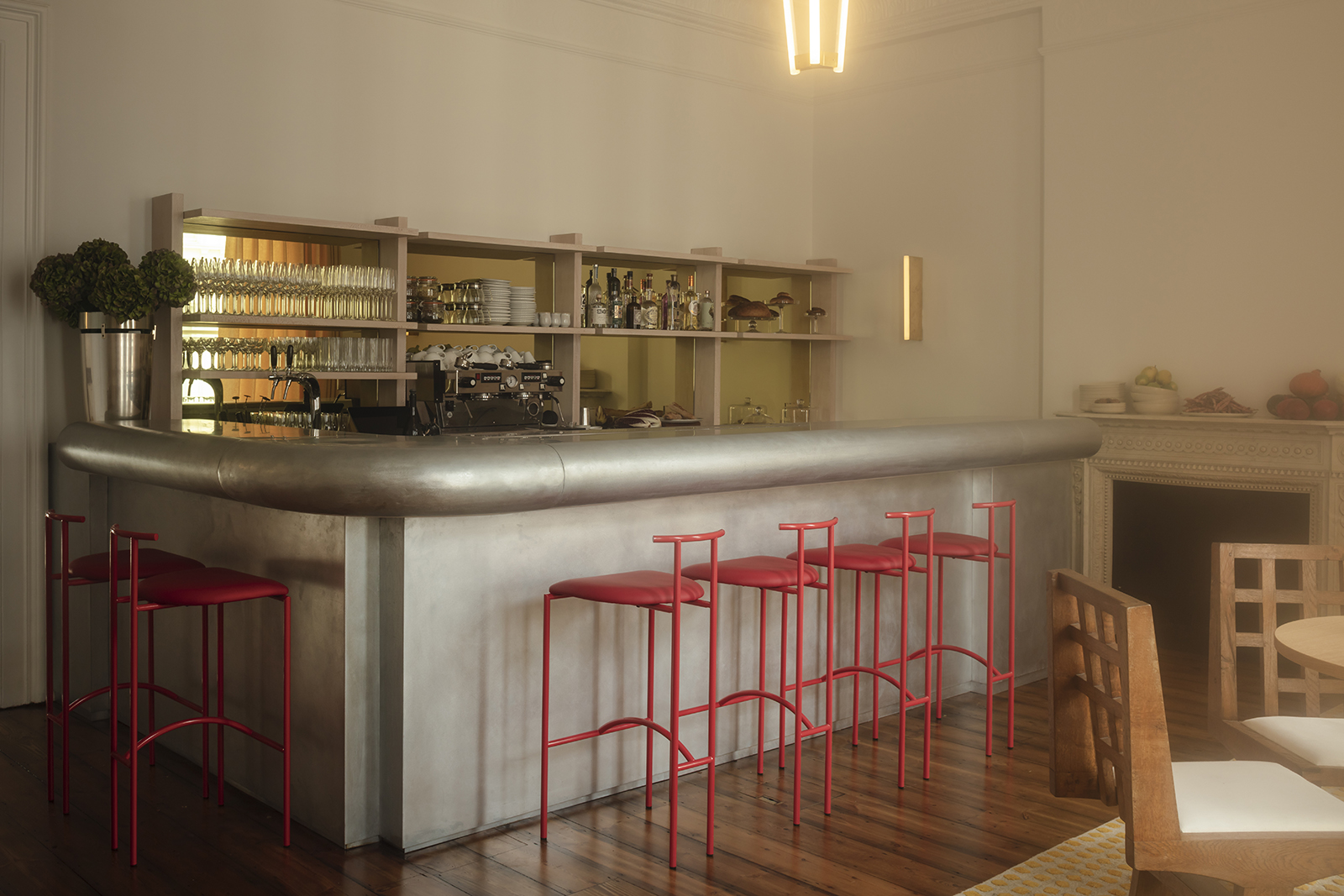
Daytrip Studio’s bar at the Lavery in London. Photography: Oskar Proctor.
‘A matt sanded finish on metallics is definitely a more modern steer,’ says the master-joiner Ross Norgate of Young & Norgate. He was recently commissioned to produce a sanded-steel kitchen for a private Covent Garden home designed by architects Carmody Groarke, who used a similar material for the rooftop pavilion. Norgate says he found it a more practical, liveable alternative to the super-sheen of regular steel. ‘It’s difficult to install a machine-finished stainless-steel kitchen without scratching it. Brushing it out by hand also comes with challenges. But the circular sanding gives it a uniform matt finish that’s easy to maintain.’ That quality can also make it cheaper than regular steel in the long term.
Even with an artful finish, a matt metallic can represent a minimalist moment — ‘a fresh palate cleanser’, according to Halstead. He namechecks Felizia Berchtold and Oskar Kohnen of Tutto Bene, who designed custom fronts in aluminium silver leaf for an IKEA kitchen in a Milan apartment. ‘It’s such a clever technique,’ he says. ‘And it looks incredibly expensive.’
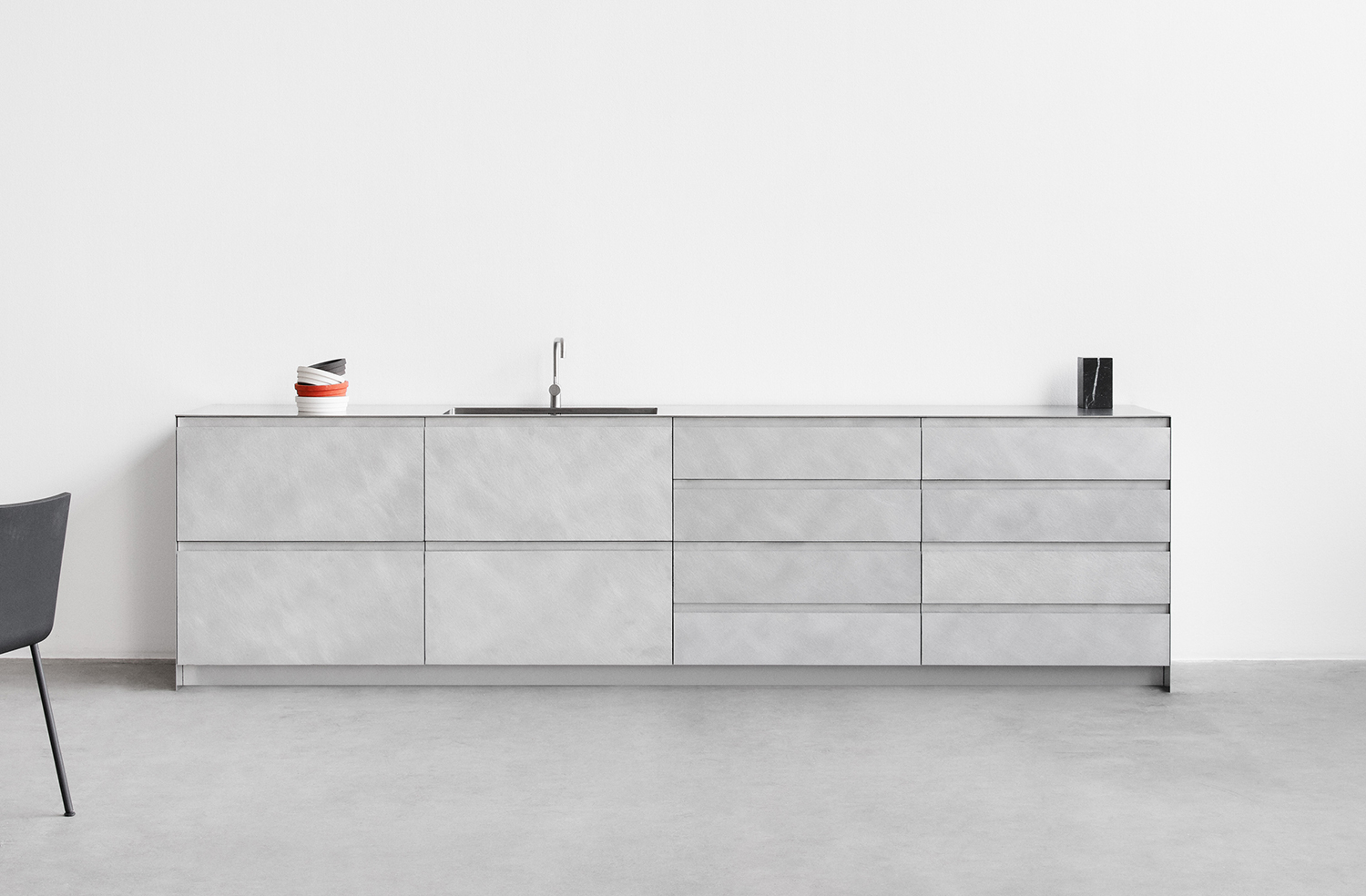
Brushed-aluminium kitchen cabinetry by David Thulstrup for Reform. Photography courtesy Reform.
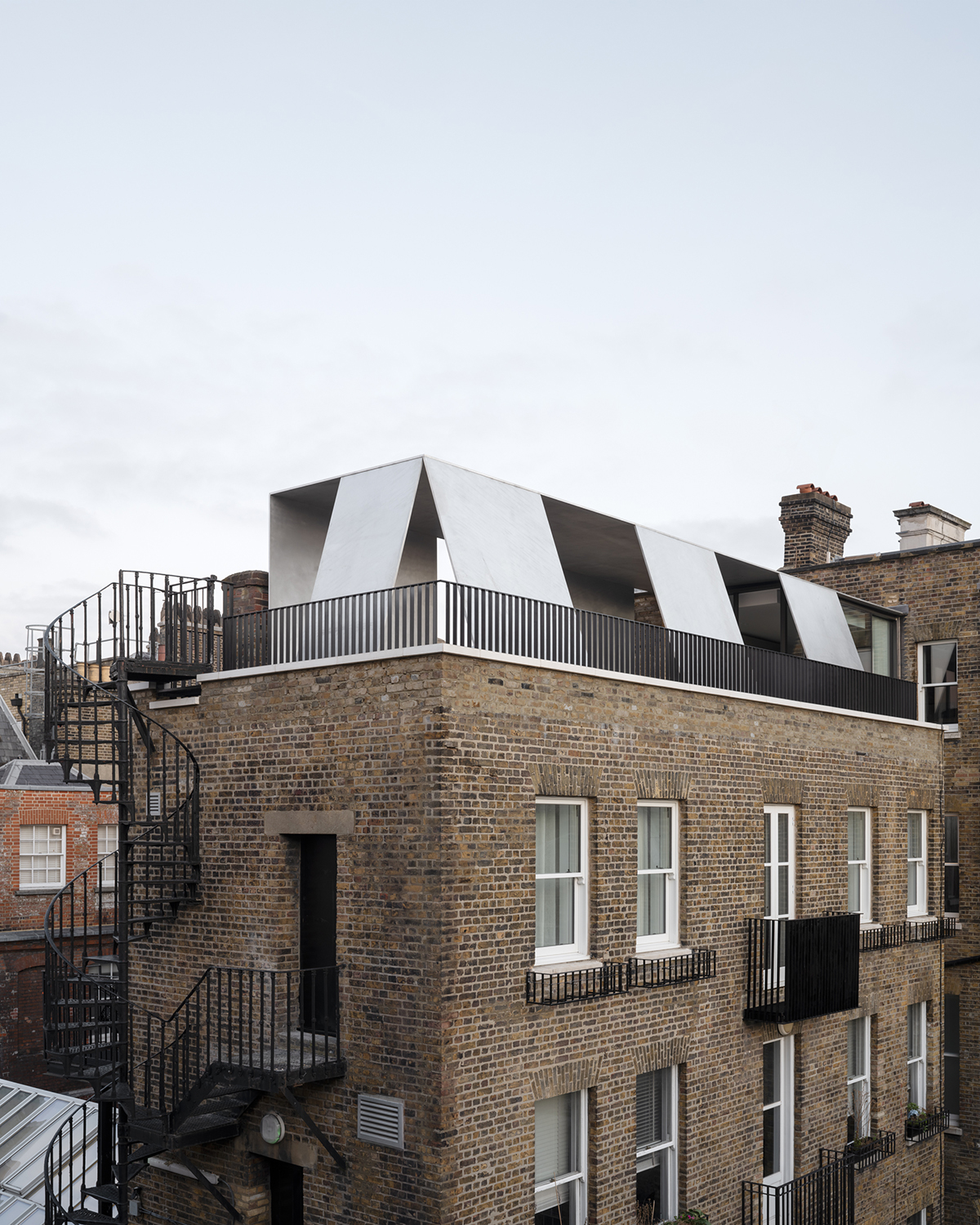
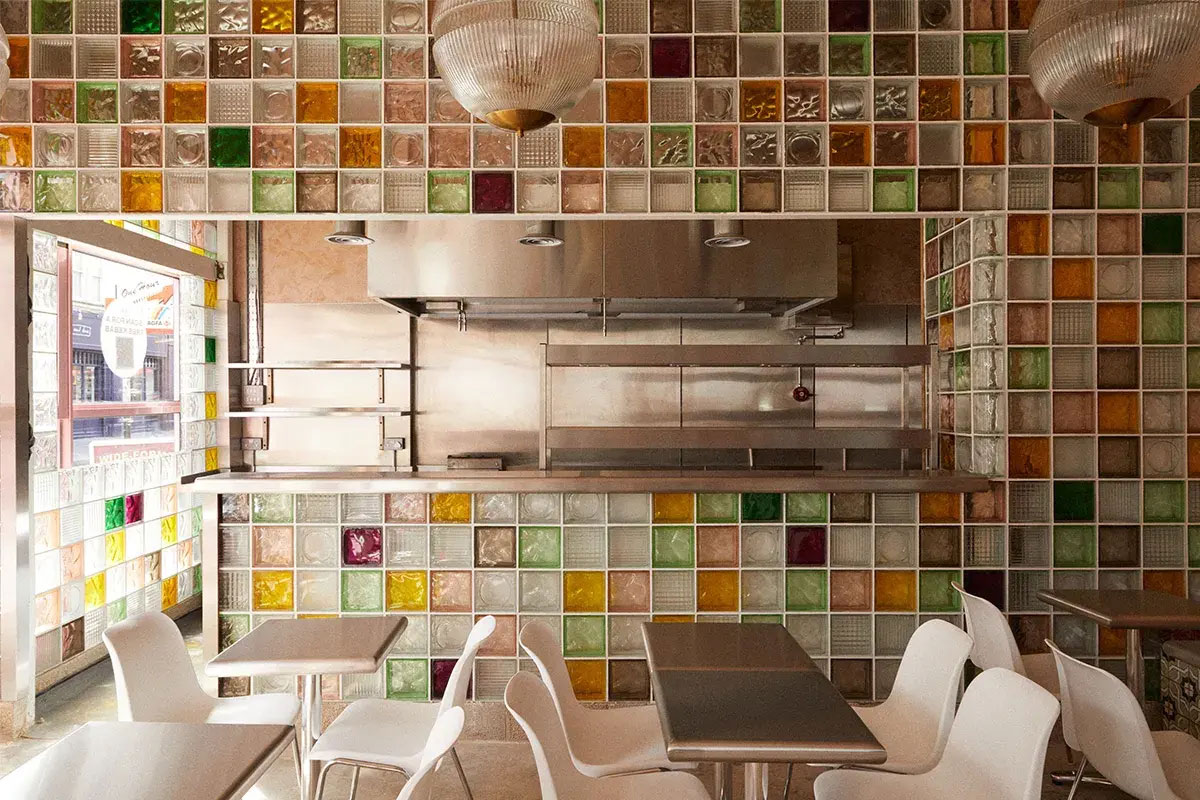
A steel kitchen by Buchanan Studio. Photography courtesy Buchanan Studio.
Read next: A steely oyster bar launches with a bang in London’s Shoreditch
This industrial duplex in Paris captures the art of loft-living
Five architectural retreats where forest bathing is the main attraction
